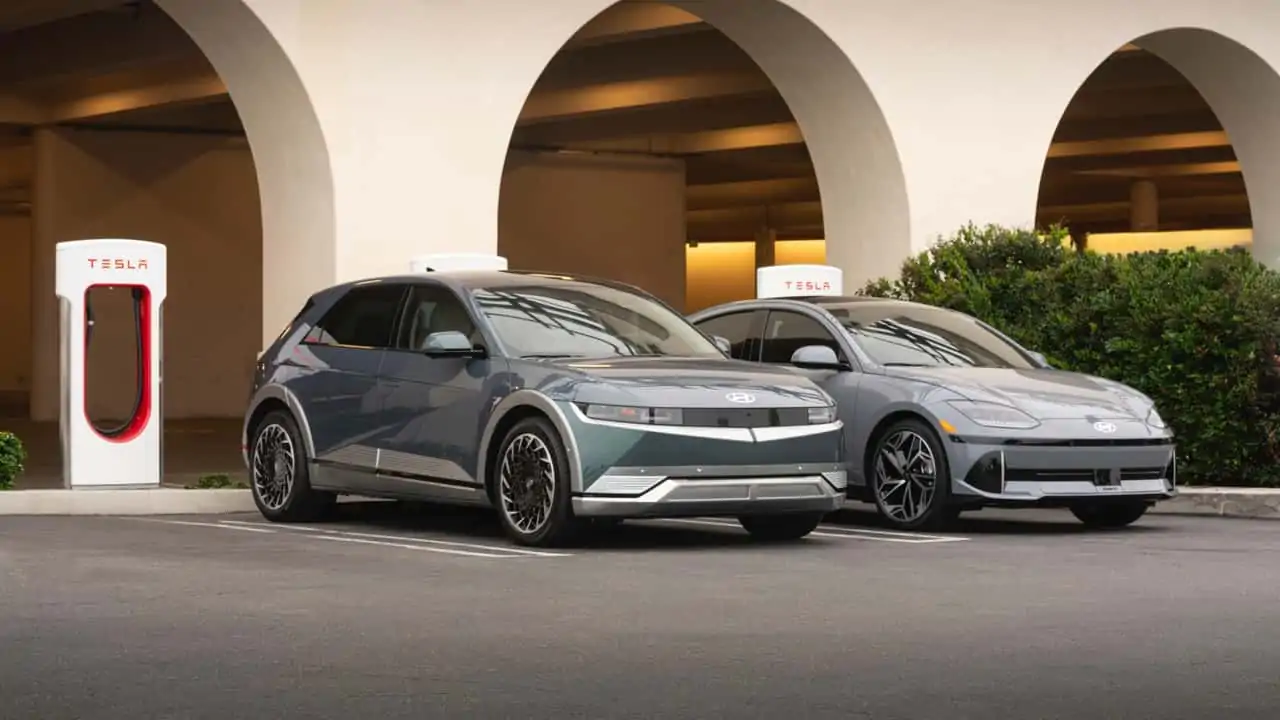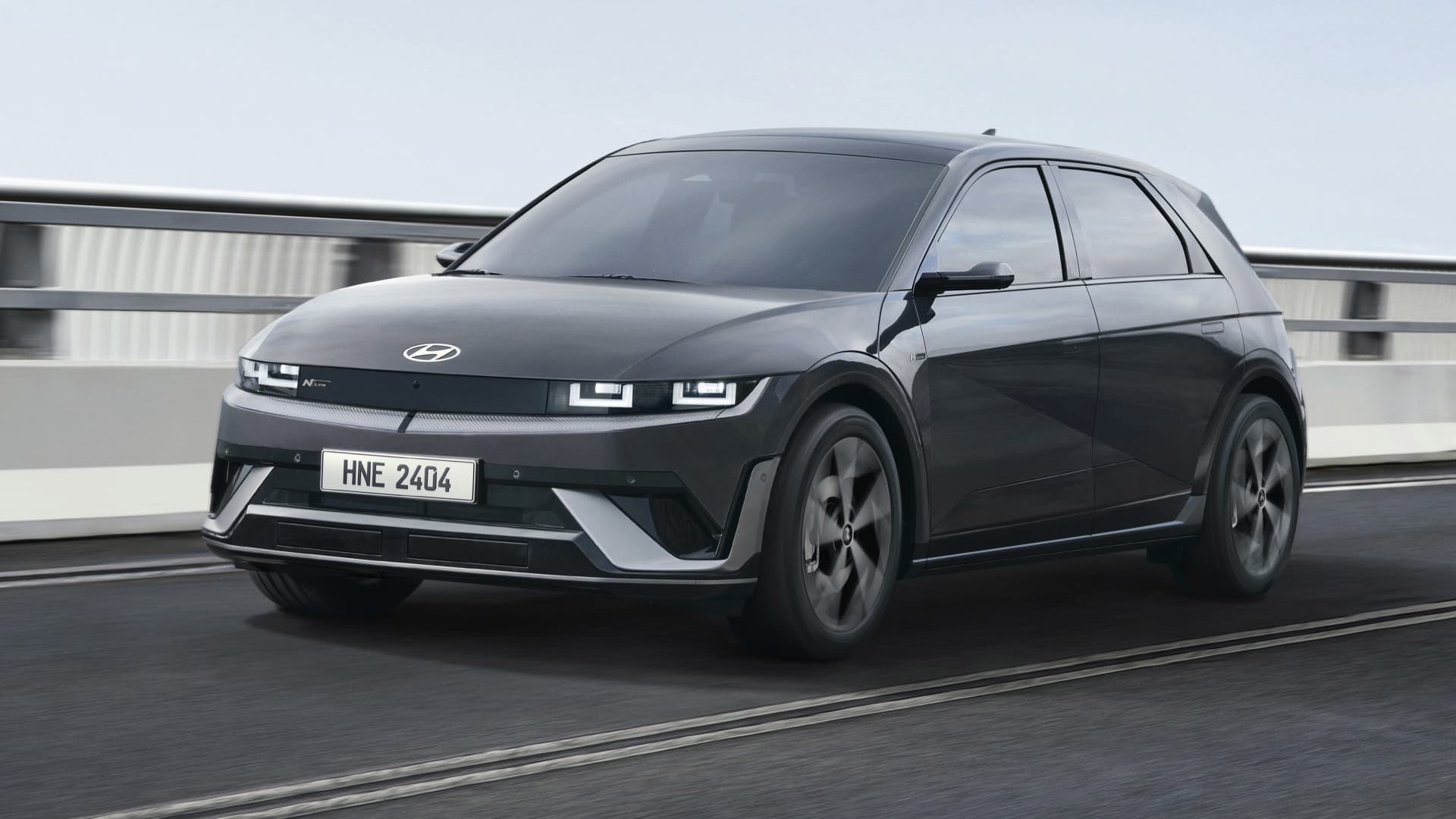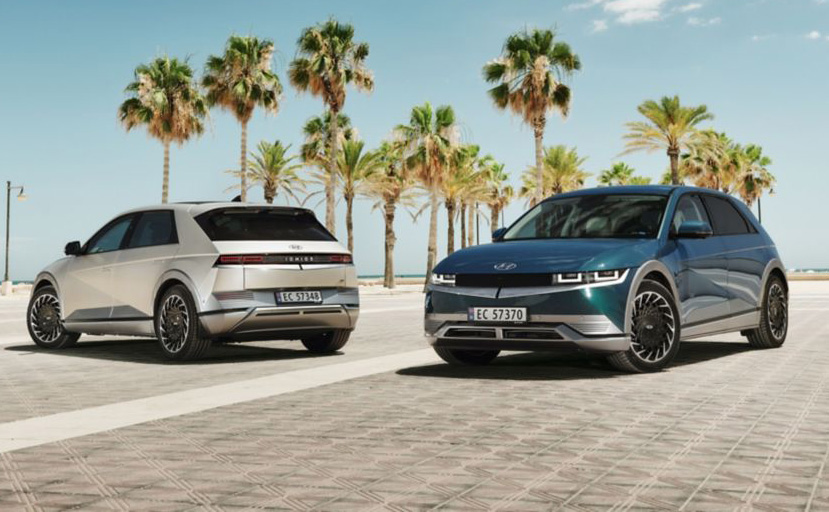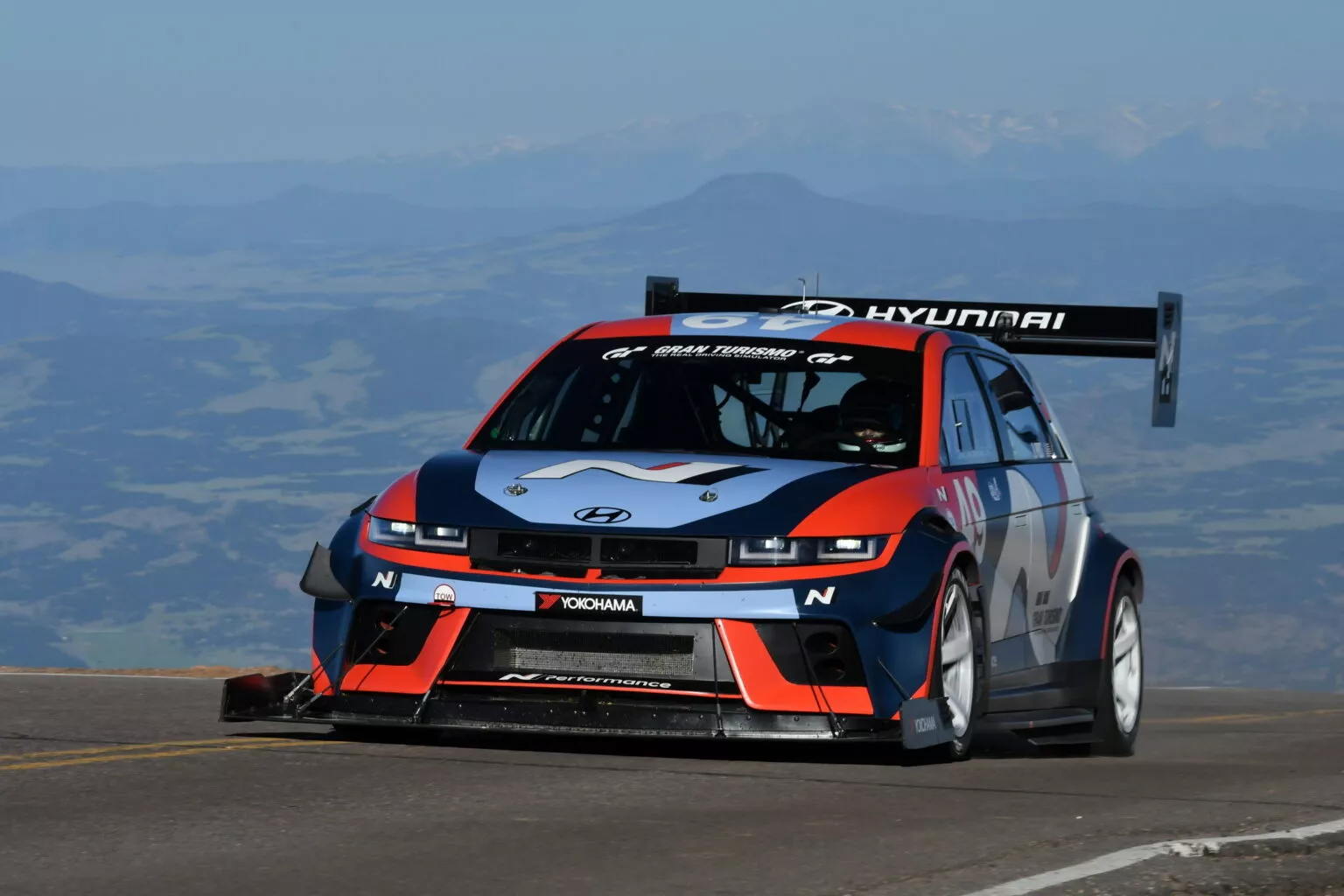Hyundai is gearing up to introduce an electric version of its Staria van in 2026, targeting Europe’s evolving environmental standards, particularly in the continent’s robust electric vehicle (EV) market.
To facilitate this move, Hyundai has initiated the expansion of its high-voltage battery installation line at its Ulsan Plant in Korea, with production of the electric multi-purpose vehicle (MPV) slated to commence in early 2026, as confirmed by industry sources.
The Staria EV is scheduled to enter mass production in Europe in the first half of 2026, with distribution planned not only in Europe but also in key Asia-Pacific markets like Australia and Thailand. Hyundai aims to achieve annual global sales of 15,000 to 20,000 units for the electric model.
Launched in 2021, the Staria represents a significant overhaul of Hyundai’s Starex light commercial vehicle, which debuted in 1997. With a seating capacity of up to 15 passengers, the MPV is commonly utilized for various transportation services, including those for children and emergency medical aid in Korea.
The Staria EV will be powered by a fourth-generation NCM battery, comprising lithium, nickel, cobalt, and manganese. This 84-kilowatt (kW) battery boasts a 10.4% higher capacity compared to Hyundai’s first fully electric work van, the ST1, launched in April.
Hyundai’s Staria EV is expected to offer a range of 324 kilometers on a single charge, with a rapid charging capability that allows the battery to be charged from 10% to 80% in just 20 minutes.
Anticipating a surge in demand for electric vans in Europe following the implementation of Euro 7, which regulates emissions from road transport for cars and vans starting July 2025, Hyundai is strategically positioning the Staria EV to capitalize on this market shift.
Ahead of the Staria EV’s debut, Hyundai Motor plans to expand its lineup by introducing two new models by the end of 2025: the Staria Hybrid and the MPV featuring gasoline, diesel, and liquefied petroleum gas (LPG) engines.







